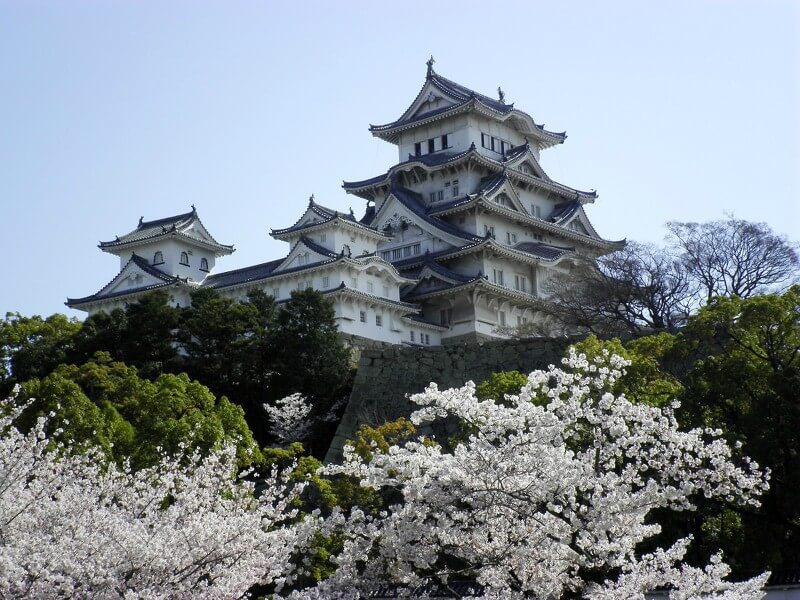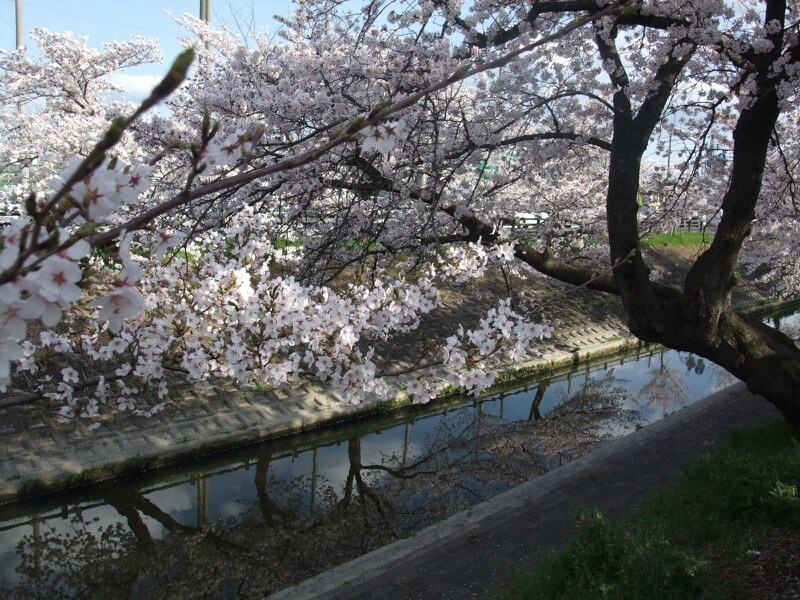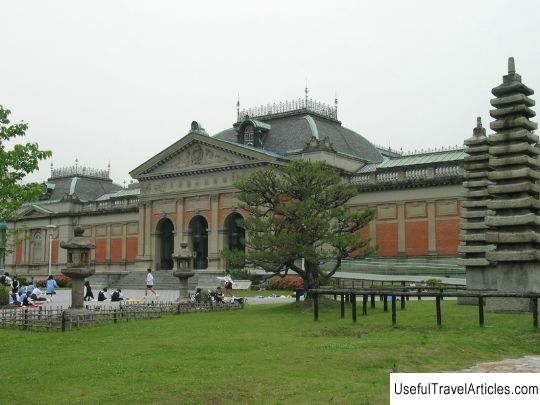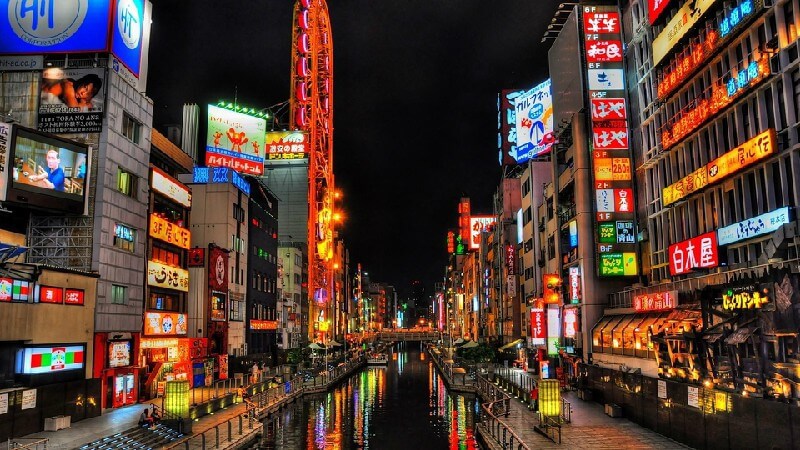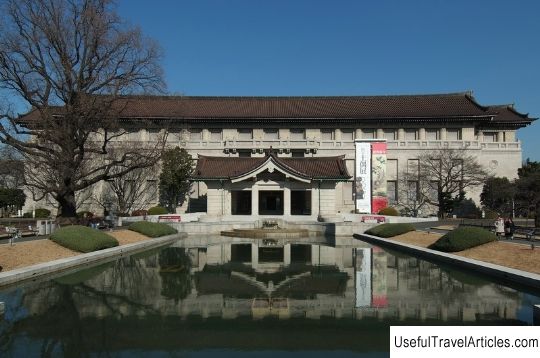Geography and Climate in Nara
Rating: 8,7/10 (1929 votes) 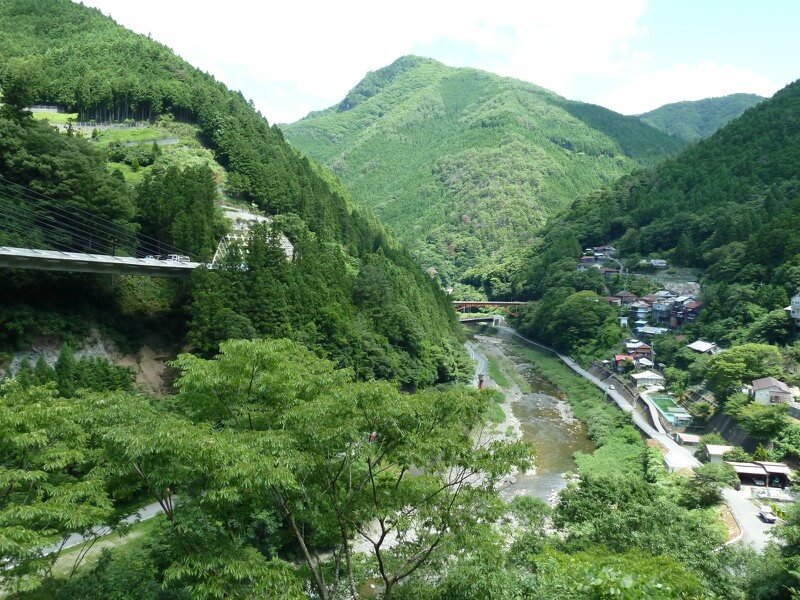 Nara is a city in Japan, located 42 kilometers south of the city of Kyoto. The population of Nara is 364 thousand people. Nara is one of the most ancient cities in Japan, in addition, this city was the first imperial capital in the period from 710-784. In the old days, the legendary Yamato tribe was located here, it was here that the country's first state formation appeared and here once, many years ago, the imperial court settled. Nara, or Heidze-ke -"Fortress of the World" - the first permanent capital, which replaced the temporary residences of the Japanese rulers. During the stay of the imperial court here, Nara becomes one of the most beautiful cities, literally overflowing with architectural and historical monuments. In fact, it is itself a vast national park and a huge museum of ancient Japan, in the open air. For more than 1000 years here, in a small space, various monuments of architecture and art have been preserved in their original form, mainly from the period of the 7-8 centuries. The city of Nara is located at the northern end of Nara Prefecture, directly being the border with Kyoto Prefecture with north side. In a successful merger on April 1, 2005, the villages of Tsuge and Tsukigase were merged into Naru City, from which point the city is bordered by Mie Prefecture directly on the east side. The total area of the city is almost 277 square kilometers. The city center of Nara is located on the east side of the ancient location of the Heijo Palace and occupies the northern part of what was called Gekyo, it is also considered the outer area. Most government agencies, such as the Nara Prefecture Government, Municipal Office, Nara Police Headquarters and others, are located on Nijo-oji, while branches of the main national banks in Nara are located on Sanjo-oji. Climate in the territory of the prefecture is characterized as warm, but there are some differences between the mountainous part of the Nara and the north-western side of the basin. The climate of Nara has complex features, and they are mainly manifested in the absolute difference in temperatures between winter and summer. The average temperature of the coldest winter month - January - is 13 ° C, the average temperature of the warmest summer month - July - is + 35 ° C. Since 1990, there has not been a single case in which it snowed in Nara for more than 10 days in a row, data provided by the Nara Meteorological Observatory. The climate in the other part of the prefecture is cool and mountainous, especially on its southern side, winters are very frosty, and summers are quite humid and cool, with frequent rain showers. Rainfall reaches 3-5 thousand millimeters, this is the highest rainfall in Japan. The period of autumn and spring is the most beautiful time in Nara. The weather is mild and sunny, and the Yoshino mountainous region is popular both for its historical relics and for the beautiful spring cherry blossoms. There are oaks in the south of the highlands. The time in Nara is 5 hours ahead of Moscow time. 
We also recommend reading Geography and Climate in Nagasaki Topic: Geography and Climate in Nara. |
